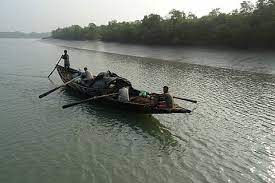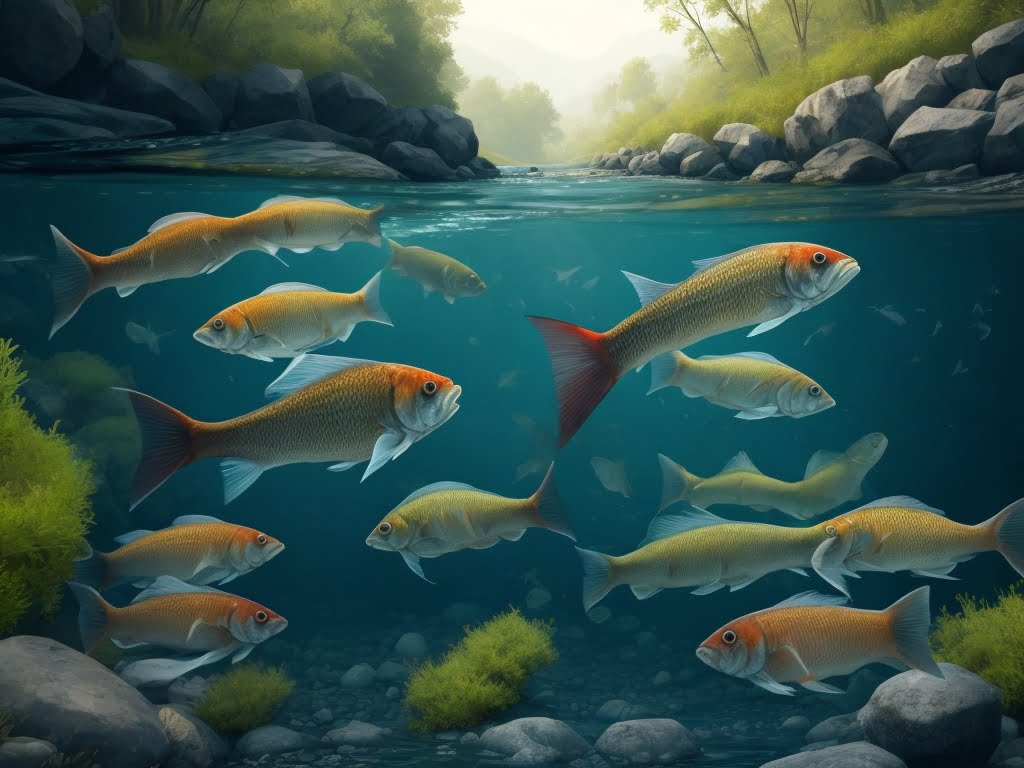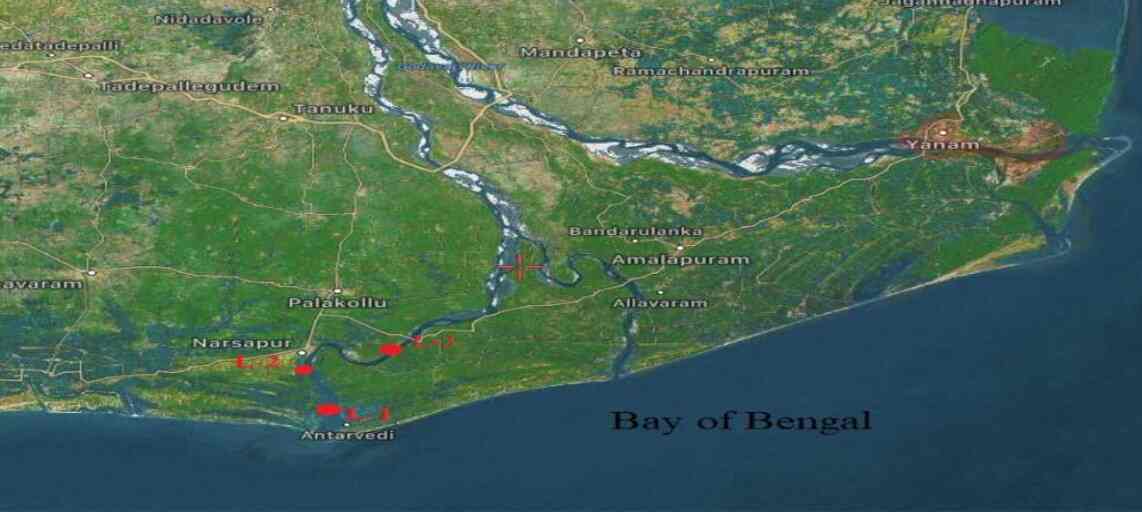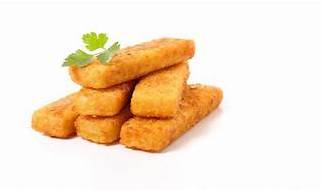Godavari Estuary: The Godavari estuary is situated at the place where the 1330 km long Godavari meets the Bay of Bengal on the east coast of India in the state of Andhra Pradesh.
River Godavari divides at Dowlaiswaram into two principal distributaries viz., the Vasishta and the Gautami which enclose a wide delta between them. The tidal effect is relised up to 45 km from the river mouth. The total area of this estuary is about 18000 ha.
It is a hotspot for fish and fisheries. The estuary’s rich biodiversity is due to the unique mix of freshwater from the Godavari River and saltwater from the Bay of Bengal. This creates a brackish environment that provides habitat for a wide variety of fish, birds and shell fish species.
Fisheries of Godavari Estuary
There are about 185 species of fishes excluding clupeids. The annual fish production is about 5000 tonnes of Godaveri estuary. Fish fauna of the Godavari Estuary can be broadly classified into three categories:
Freshwater fish: These fish species are typically found in the upper reaches of the estuary where the salinity is low. Common examples include carp group, catfish, perches and murrels.
Marine fish: These fish species are found in the lower reaches of the estuary where the salinity is high. Common examples include pomfrets, mackerels, oil sardine, and ribbonfish.
Estuarine fish: These fish species are able to tolerate a wide range of salinity levels and are found throughout the estuary. Common examples include mullets, hilsa, crabs and prawns.
Some of the commercially important fish species found in the Godavari Estuary include:
Mullets: These fish are a major component of the Godavari Estuary fishery, accounting for about one-third of the total catch. Mullets form one third of the total fish catch.
Hilsa: This fish is a highly prized catch and is known for its delicate flavor.
Prawns: The Godavari Estuary is a well-known prawn fishery, with several species of prawns being commercially important. Prawns form an important fishery in the Gautami- Godavari estuary. It is well known for its rich prawn fishery. Metapenaeus monoceros, M. brevicornis, M. dobsoni, M. affinis, Fenero penaeus indicus, P. monodon, P. semisulcatus, P. merguiensis and P. japonicus are the common prawns occurring here. Of the several species of prawns, M. monoceros which is the most abundant prawn, is available in the lower reaches of the estuary, particularly in the mangrove swamps and backwaters.
Other species of commercial importance are Pristipoma hasta, Leiognathus sp., Gerres filamentosus, Caranx sp., Sillago sihama, Gobius sp., Sciaena sp., Platycephalus and Lates calcarifer , etc. Whitebait, Anchoviella commersonii is abundant from Feb – June when the salinity is high and these are absent during the flood period when the salinity is low. Setipnna godavariensis and the Sciaenid, Pseudosciaena axillaries form notable fishery.
Other prominent fishes include some of the marine species like elasmobranchs, pomfrets, mackerels, perches and ribbonfish.
Fishing
The Godavari Estuary is an important source of fish for local communities. Commercial fishing uses a variety of gear types to catch fish in the estuary, including Shore seines, dragnet, bag net, gill net and stake nets. The estuary is also home to a subsistence fishery, where fish are caught for food by local residents.
However, the fisheries of the Godavari Estuary are facing several challenges, including habitat loss, over fishing, and pollution. also it is being affected severely by the sand bar formation. Conservation efforts are needed to ensure that this important fishery can continue to provide for future generations.
The Godavari estuary also popular in Andhra Pradesh has become a prime and safe habitat for the Indian Skimmer (Rynchops albicollis).




